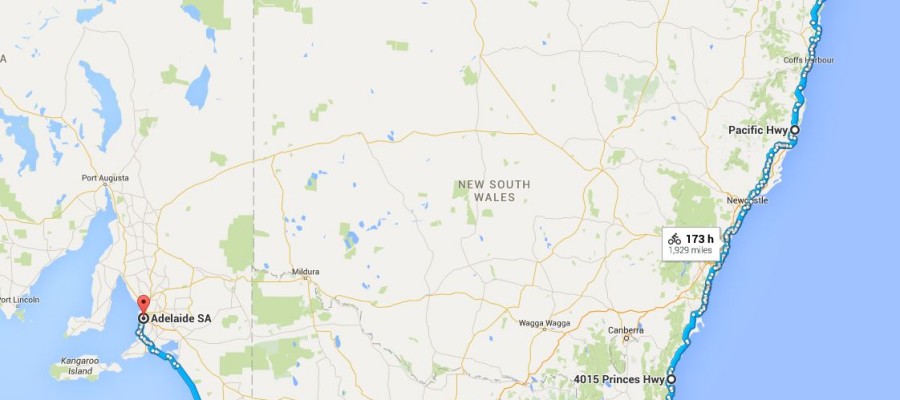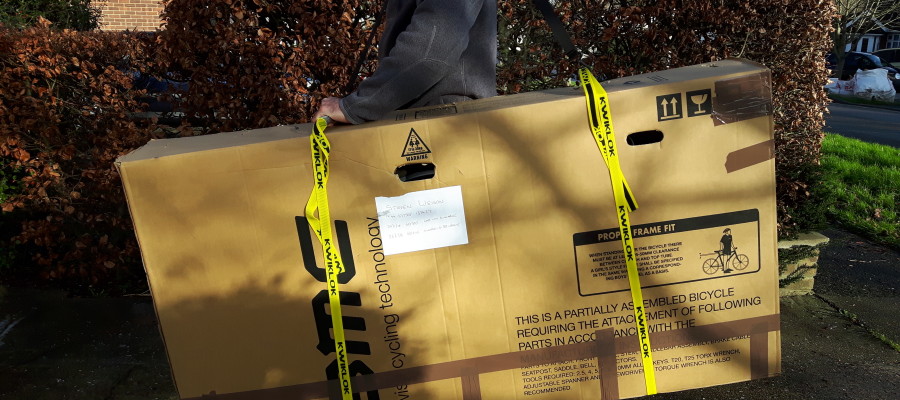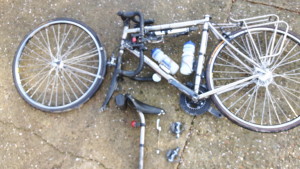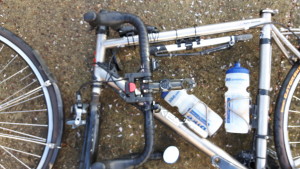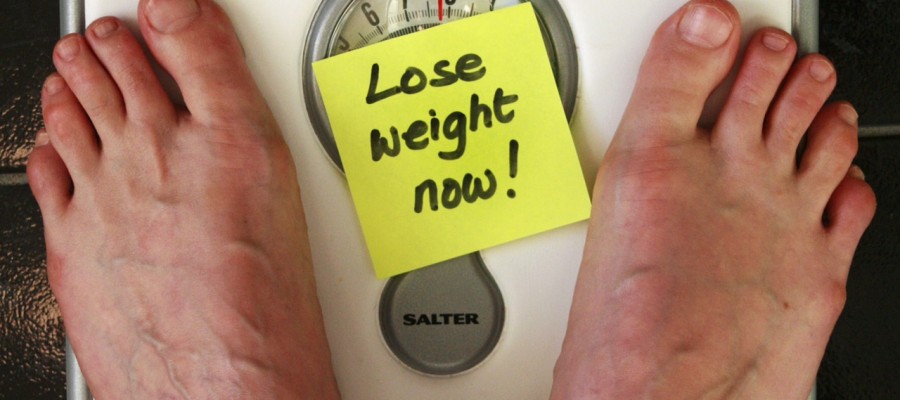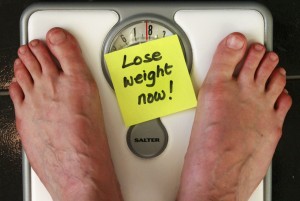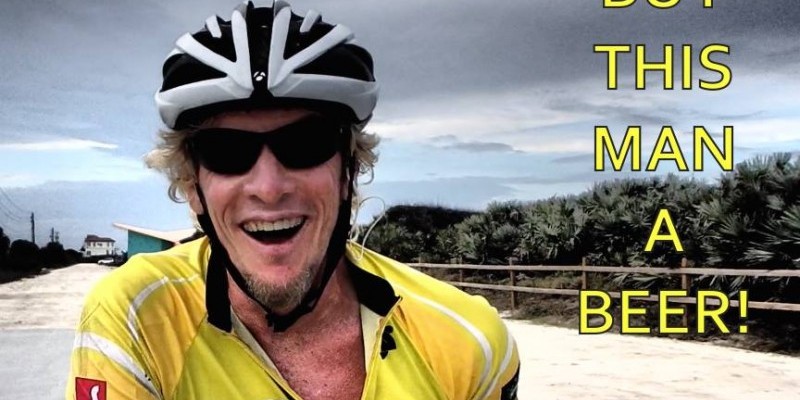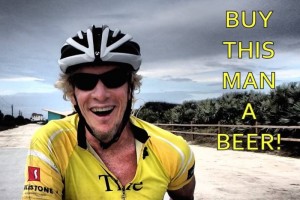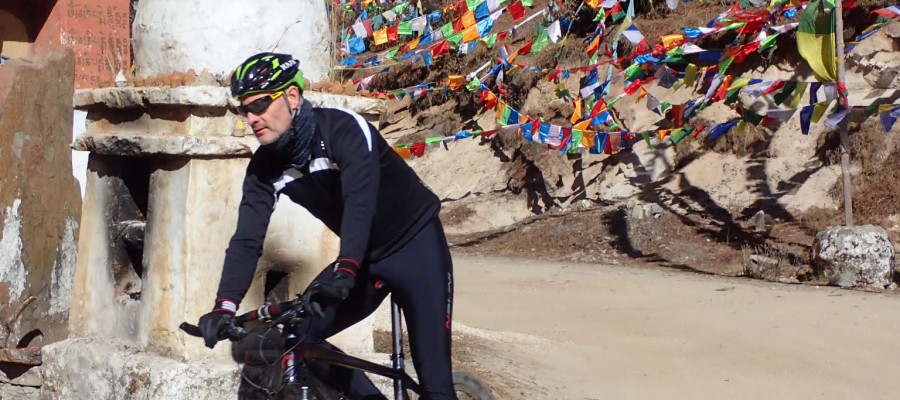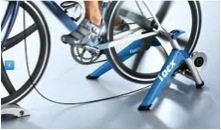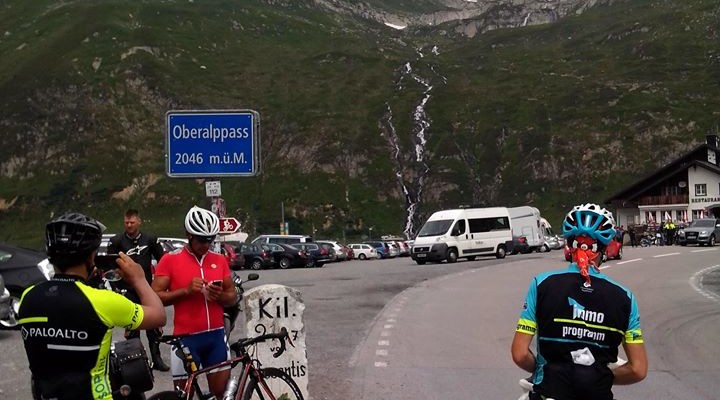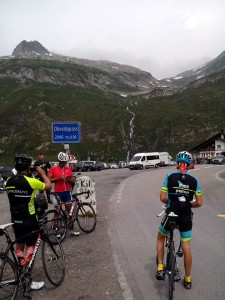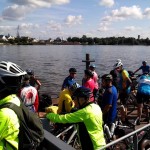There is nowhere better than the saddle of a bike to do some serious thinking. On my recent trip down under I got to thinking about the fact that good old fashioned ‘miles’ is a pretty inaccurate way of describing how tough a day’s riding will be. Some factors, such as headwinds, are very hard to take into account but the most obvious other variable is the amount of climb. Surely, I thought, it would be possible to come up with a fairly simple equation that combines distance ridden with climb to give a unit of measure that allows comparison of rides in all terrains.
Ladies and Gentlemen (drum roll), I give you…… the Terrain Adjusted Mile (or TAM).
To calculate TAMs you start with the distance to be ridden and add (or subtract) miles according to the actual climb against a ‘normal’ value. This ‘normal’ value, and how you convert any shortfall/excess into miles is bound to be contentious but I reckon the following works for me:
‘Normal’ climb is 50 feet per mile. The adjustment is 1 mile per 150 feet (either plus or minus). Here is how a 100 mile ride looks, based on 6 different amounts of climb:
|
Miles ridden |
100 |
100 |
100 |
100 |
100 |
100 |
|
Feet climbed |
1000 |
2000 |
3000 |
4000 |
5000 |
6000 |
|
Standard climb |
4000 |
4000 |
4000 |
4000 |
4000 |
4000 |
|
Difference |
-3000 |
-2000 |
-1000 |
0 |
1000 |
2000 |
|
Mileage adjustment |
-20 |
-13 |
-7 |
0 |
7 |
13 |
|
TAMs |
80 |
87 |
93 |
100 |
107 |
113 |
Or, to put it another way: A 100 mile ride with 3000 feet of climb is the same as a 50 mile ride with 9500 feet of climb.
I’m going to try this out on the next trip (Camino and Portugal) – I’ll work out each day in TAMs and see how this compares with a subjective ‘how hard was that ride?’ test.





